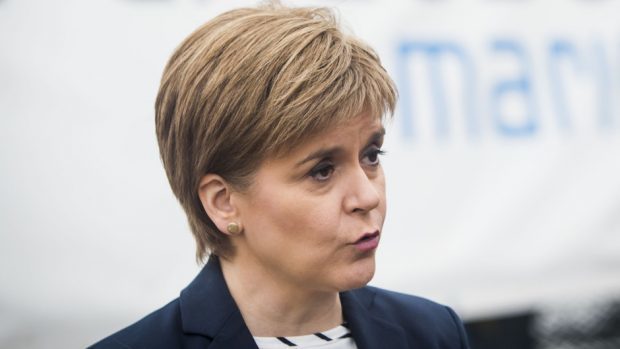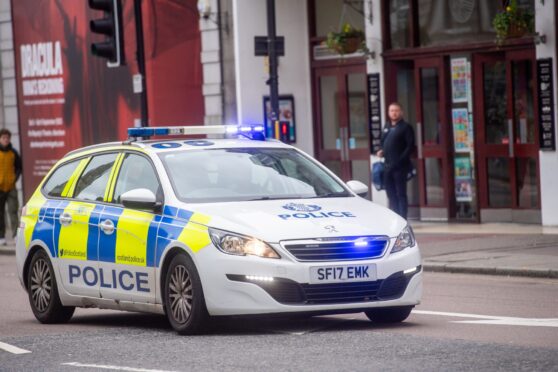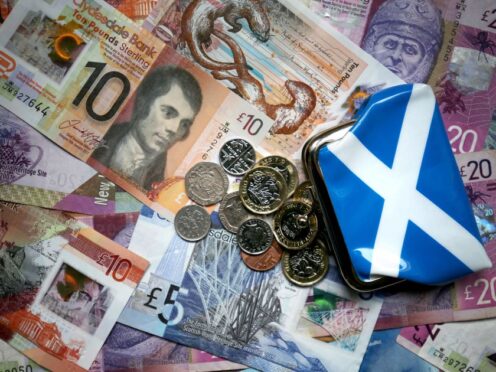Parents who fail to co-operate with the SNP’s named person scheme could face a visit from a social worker, it has been claimed.
Parental resistance to any state-appointed guardian has been listed as a “risk indicator” on a Scottish Government document.
Campaigners say the document proves parents will get a black mark against their name if they fail to cooperate with the guardian assigned to their child.
Parents with any other “risk factors” – such as “unrealistic expectations” of their child, a lack of interest in their child or refusing workers access to a child – can be referred to the child protection system.
Last month, First Minister Nicola Sturgeon was accused of making “confusing and inaccurate” statements about the scheme which is due to be introduced in August.
It will see every youngster under the age of 18 assigned a single point of contact, such as a teacher or health visitor, to look out for their welfare.
Ms Sturgeon also said parents are not legally obliged to use it.
But campaigners fear the scheme could be compulsory, with no ability for parents to opt out.
Liz Smith, young people spokeswoman for the Tories, said: “This is what parents are terrified about – that if they choose not to engage, as many of them will not want to do, they get a black mark against their family.”
Draft guidance for the Children and Young People Scotland Bill, published by the Scottish Government, identifies a series of low-level indicators of “wellbeing need” which when taken together, whether related or not “can amount to a child protection issue”.
Meanwhile, a “national risk framework” for the assessment of children lists “parental resistance/limited engagement” among a list of 39 “risk indicators” relating to parents or carers.
Lesley Scott, a member of the No 2 Named Person (NO2NP) campaign, said that looking at the legislation and statutory guidance “makes it clear that it is compulsory”.
However, the Scottish Government denied the scheme is compulsory.
A spokesman said: “There is no requirement for children, young people or parents to engage with the named person.
“Where there are no wellbeing needs or concerns, non-engagement will not be a cause for concern.
“While families may not wish to use the service, its availability for their children is guaranteed by law.”










